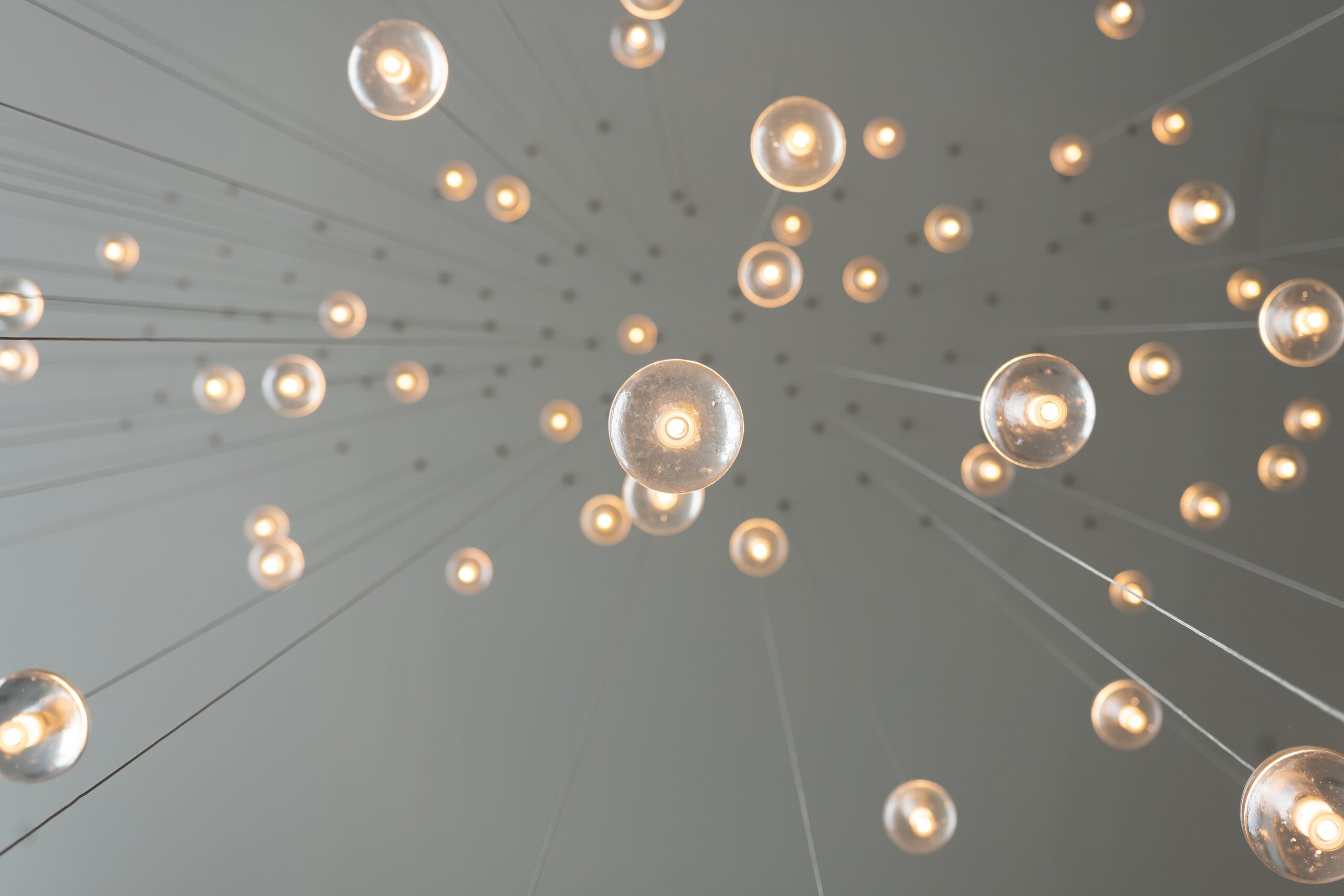Illuminating Interior Design: Understanding Different Types of Light and Lumens
Lighting plays a crucial role in interior design, setting the mood, enhancing functionality, and highlighting architectural features. When planning your lighting scheme, it’s important to understand the different types of light and the concept of lumens. In this blog post, we will explore various types of light commonly used in interior design and demystify the measurement of lumens, helping you create a well-lit and visually appealing space.
Natural Light:
Natural light is the foundation of any well-designed space. It has a transformative effect, making rooms feel open, bright, and inviting. Harnessing natural light involves maximizing the entry of sunlight through windows, skylights, and other openings. It creates a connection with the outdoors and provides a sense of warmth and natural beauty. Consider window treatments that allow flexibility in controlling the amount of light, such as sheer curtains or blinds.
Ambient Lighting:
Ambient lighting, also known as general lighting, provides overall illumination to a space. It sets the tone and ensures a comfortable level of brightness for everyday activities. This type of lighting is typically achieved through ceiling-mounted fixtures, such as recessed lights, chandeliers, or track lighting. It evenly distributes light throughout the room, creating a welcoming and balanced environment.
Task Lighting:
Task lighting is focused illumination that caters to specific activities, such as reading, cooking, or working. It provides targeted light in areas where you need it the most, minimizing eye strain and enhancing productivity. Examples of task lighting include desk lamps, under-cabinet lights in the kitchen, or pendant lights above a work area. Task lighting should be adjustable and easily directed to the desired location.
Accent Lighting:
Accent lighting adds drama, visual interest, and a sense of depth to a space. It is used to highlight architectural details, artwork, or focal points, creating a focal point and emphasizing specific elements. Accent lighting can be achieved with wall sconces, picture lights, or track lights. It brings dimension and creates a sense of ambiance, allowing you to create a captivating and dynamic atmosphere.
Decorative Lighting:
Decorative lighting serves as both a functional and aesthetic element in interior design. It adds personality, style, and a touch of glamour to a space. Decorative lighting fixtures, such as chandeliers, pendant lights, or statement floor lamps, serve as focal points and contribute to the overall design concept. These fixtures often incorporate unique materials, shapes, and textures, becoming an artful addition to your interior.
Understanding Lumens:
Lumens are a measurement of the total amount of visible light emitted by a source. It quantifies the brightness of a light bulb or fixture, helping you choose the right level of illumination for your space. The higher the lumen count, the brighter the light output. Consider the purpose of each lighting fixture and the desired brightness level when selecting bulbs or fixtures. For example, task lighting may require higher lumens for optimal visibility, while accent lighting can be more subtle.
Lighting is an essential aspect of interior design, influencing the atmosphere, functionality, and overall aesthetics of a space. By understanding the different types of light and their applications, you can create a well-balanced and visually appealing environment. Natural light sets the foundation, while ambient lighting provides general illumination. Task lighting caters to specific activities, accent lighting adds drama and highlights focal points, and decorative lighting adds style and personality. By considering the concept of lumens, you can ensure the appropriate level of brightness for each lighting fixture. So, embrace the power of light and let it illuminate your interior design vision with brilliance and style.
